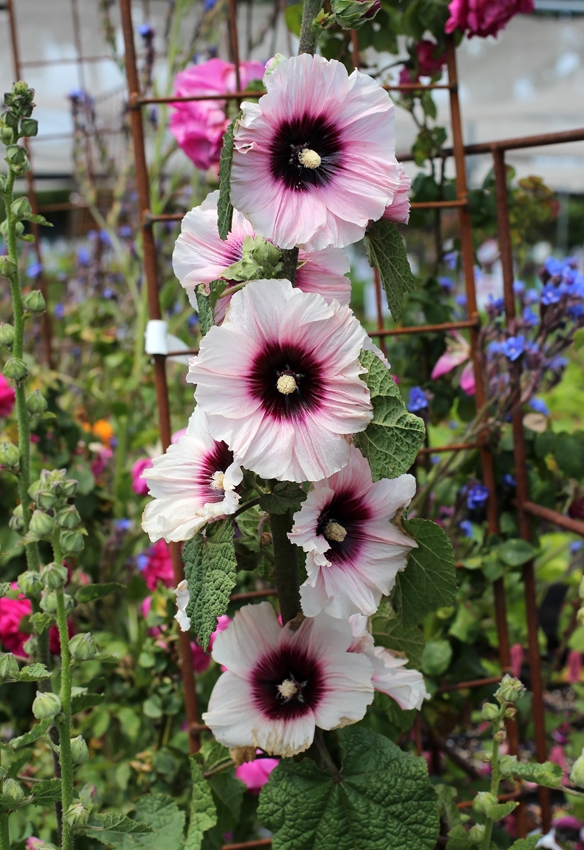MONOCARPIC
The term monocarpic defines those plants that flower a single time, set seeds for reproduction, and then die. There are annuals, biennials, and perennials in this category of plant material.
The primary drive of a plant is to reproduce. Some plants produce seeds for that purpose.
Annuals grow, produce flowers, set seeds and die within a single growing season. Common examples are zinnias, paladosum daisy, asters, calendulas, and alyssum. Gardeners often plant bedding plants for seasonal color that are actually
Biennials take two years to flower then decline significantly or perish. The first year the plant establishes greenery, stores energy for flowering in the roots, and blooms the second year. A common example is hollyhocks.
A large group of perennials are monocarpic. Most of these plants originate in the tropics or subtropics. Often these plants take decades to flower and are grown as foundation specimens. We are all familiar with “Century plant” (Agave Americana). As the name suggests, it often takes about 100 years to bloom but then it dies. These plants set seeds but also grow “pups” at the base of the plant in preparation for their demise.
Other examples of monocarpic perennials include: aeonium, some bamboo (whole stands of bamboo will all flower during the same season and die), and most importantly, all bromeliads.